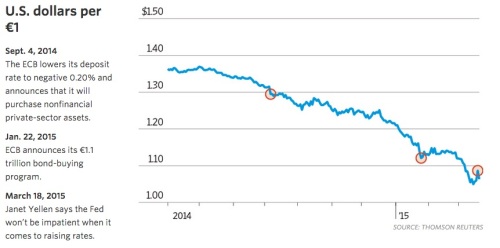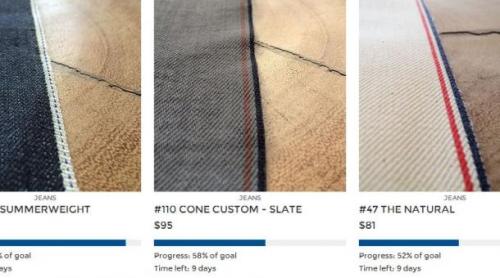It’s been a long time since I’ve written anything on supply chain contracts but a story in the Wall Street Journal caught my eye (Retailers Canceling Apparel Orders Amid Coronavirus Torments Clothes Makers, May 5). Basically it outlines how a shift in the standard contract between retailers and their Asian suppliers has come back to really bite the suppliers.
For reference, think of a retailer or brand in the west who outsources production either directly with a factory or through an agent. The factory incurs the upfront cost of sourcing materials and hiring labor in anticipation of being paid once the goods are delivered. But what happens if the market shifts between the order’s placement and delivery? Like, say, there is a pandemic and no one in North America is buying new jeans.
That’s where the shift in contracting comes in.
Letters of credit, a once-common backstop guaranteeing payment through banks, have faded away in the past decade. Under that payment system, the buyer’s bank committed to pay the supplier once the goods were shipped, ensuring factories were paid without delay or last-minute haggling.
Even in cases of force majeure—when retailers say they can’t pay owing to circumstances beyond their control—banks would generally still be obligated to pay suppliers if the goods had shipped, said Sonja Chapman, a professor of international trade at the Fashion Institute of Technology and longtime apparel-industry executive.
Retailers have moved away from letters of credit, opting instead for an open-account system—essentially an honor system—where factories trust retailers to pay after shipment. Factory owners in Bangladesh said they accepted the shift because they worried that if they didn’t go along, a competitor from India or Latin America would. They also are reluctant to speak up or take legal action because they don’t want to alienate buyers.





